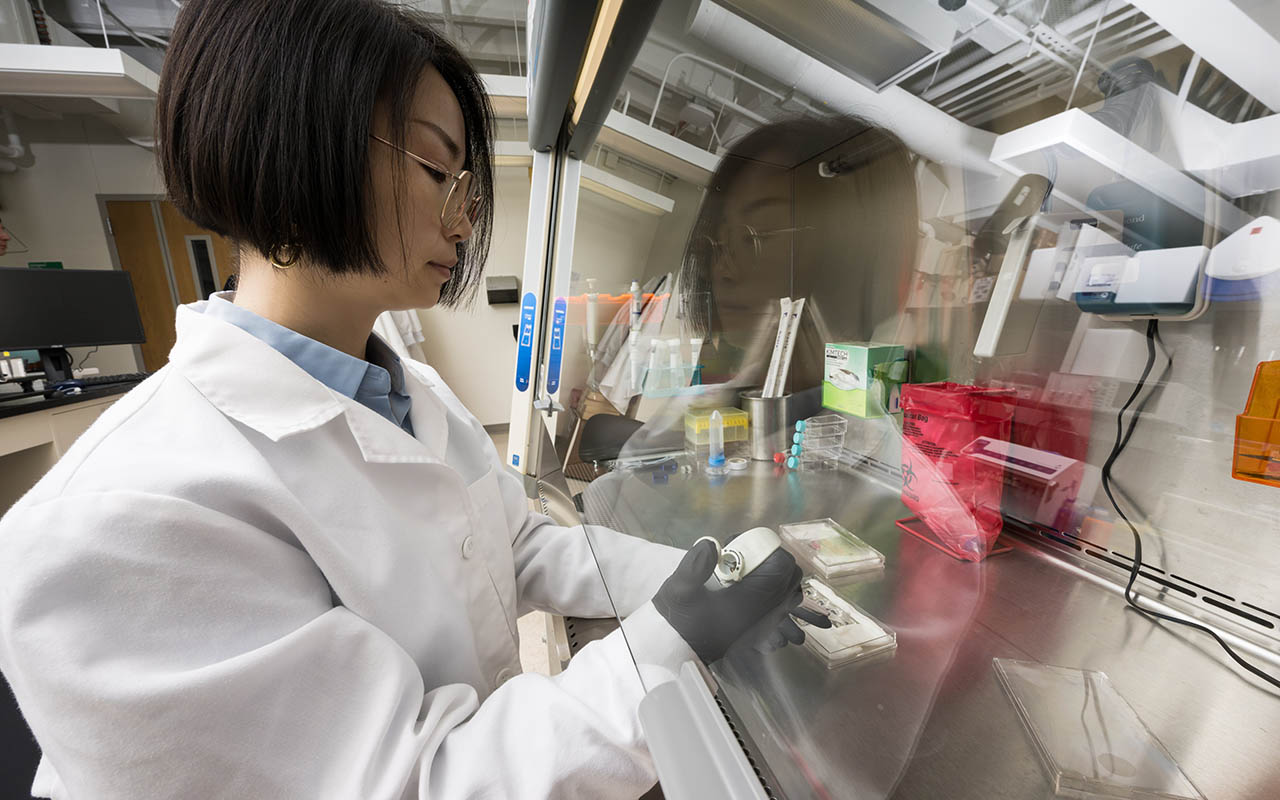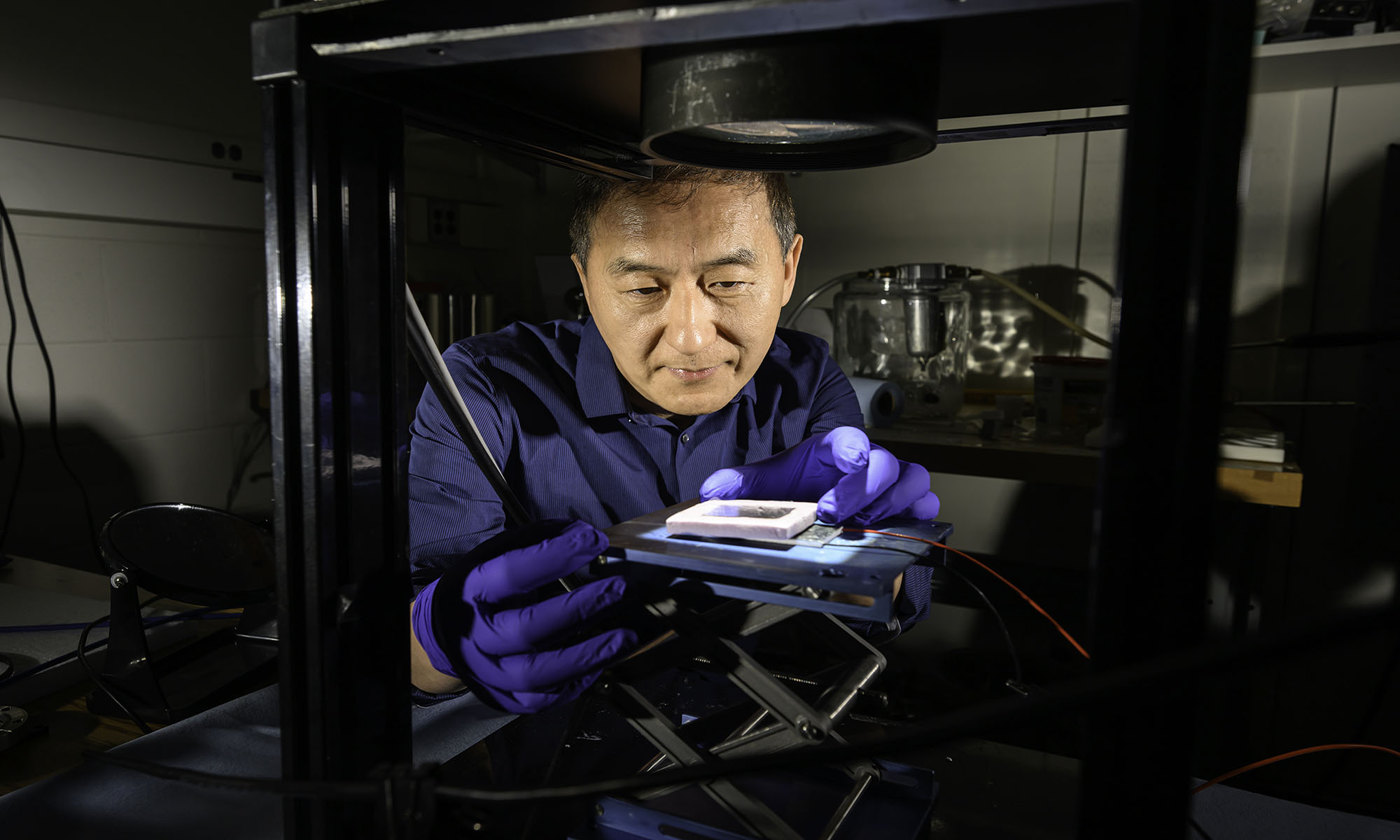
Science & Technology
Brain-on-a-chip technology reveals how sepsis and neurodegenerative diseases damage the brain
October 7, 2025
The cutting-edge tool demonstrates how the blood-brain barrier breaks down and how healthy brains keep it strong.











